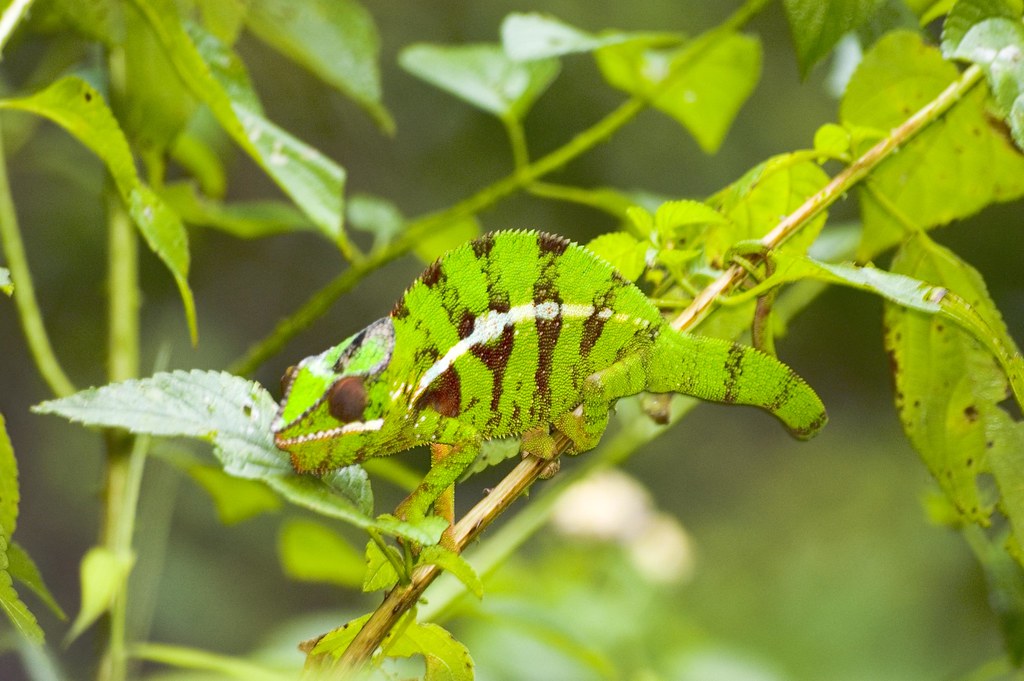 |
| https://www.flickr.com/photos/carola-/4736281050 |
Backward-Looking:
I did know a little bit about the Harp Seal before. I knew the it was semi aquatic. Also that it ate small fish.
Inward-Looking:
I really like my slides and the way that my group organized ideas. This is one of the main reasons I am exited to present on monday.
Outward-Looking:
I would give myself an A because I did all the work exceeded some of the requirements and put a lot of effort into the slides.
Forward-Looking:
If I had a chance to do this again I would change the color of my text because it was hard to see. I would also change where I put the citations because they looked weird where they were.



